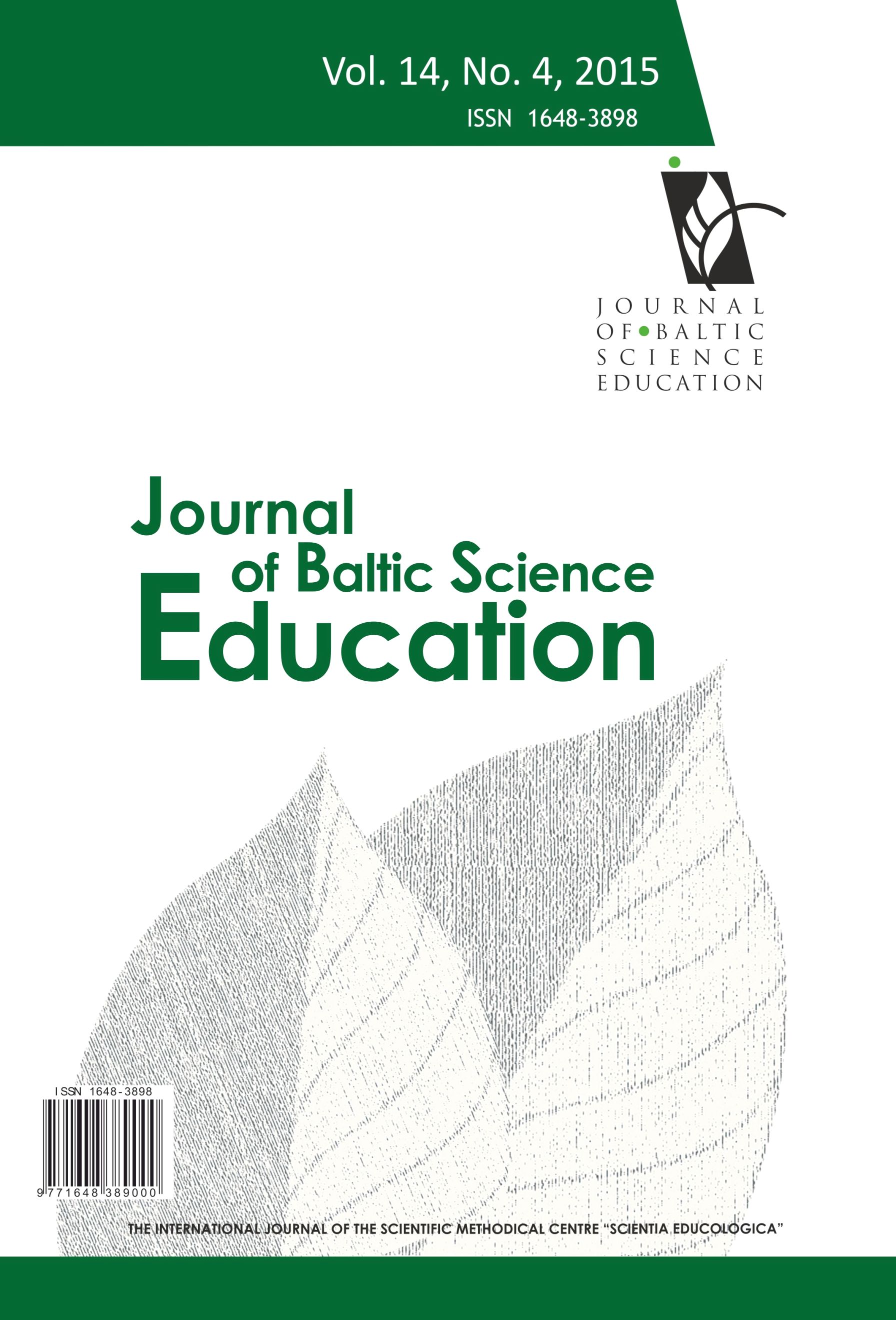CHANGES IN THE NUMBER OF IDEAS DEPENDING ON TIME WHEN CONDUCTING SCIENTIFIC CREATIVITY ACTIVITIES
CHANGES IN THE NUMBER OF IDEAS DEPENDING ON TIME WHEN CONDUCTING SCIENTIFIC CREATIVITY ACTIVITIES
Author(s): Daehyeok Kang, Jongwon Park, Hanghwa HongSubject(s): Education, Pedagogy
Published by: Scientia Socialis, UAB
Keywords: fluency; gifted education; scientific creativity; teaching creativity;
Summary/Abstract: Teaching creativity is one of the major goals of science class. This study examined how much time is necessary to conduct a scientific creativity task requiring fluency in middle schools. To accomplish this, 76 and 45 scientifically gifted and ordinary students respectively generated as many ideas as possible for the creativity task. The results revealed that ordinary students spent, on average, approximately 20 minutes to generate 3.49 ideas per student. However, gifted students concentrated on the task for a longer time (roughly 60 minutes), and consequently generated greater (11.53) and more elaborate ideas. In comparing the ordinary students’ fluency with their school science scores, no relationship was found between them. This indicates that only teaching science cannot guarantee the development of creativity. Therefore, it is concluded that teaching fluency in middle schools is necessary and can possibly encourage creativity, provided that teachers can secure a minimal amount of time required to do so. Finally, the limitations of this study and further studies are discussed.
Journal: Journal of Baltic Science Education
- Issue Year: 14/2015
- Issue No: 4
- Page Range: 448-459
- Page Count: 12
- Language: English

